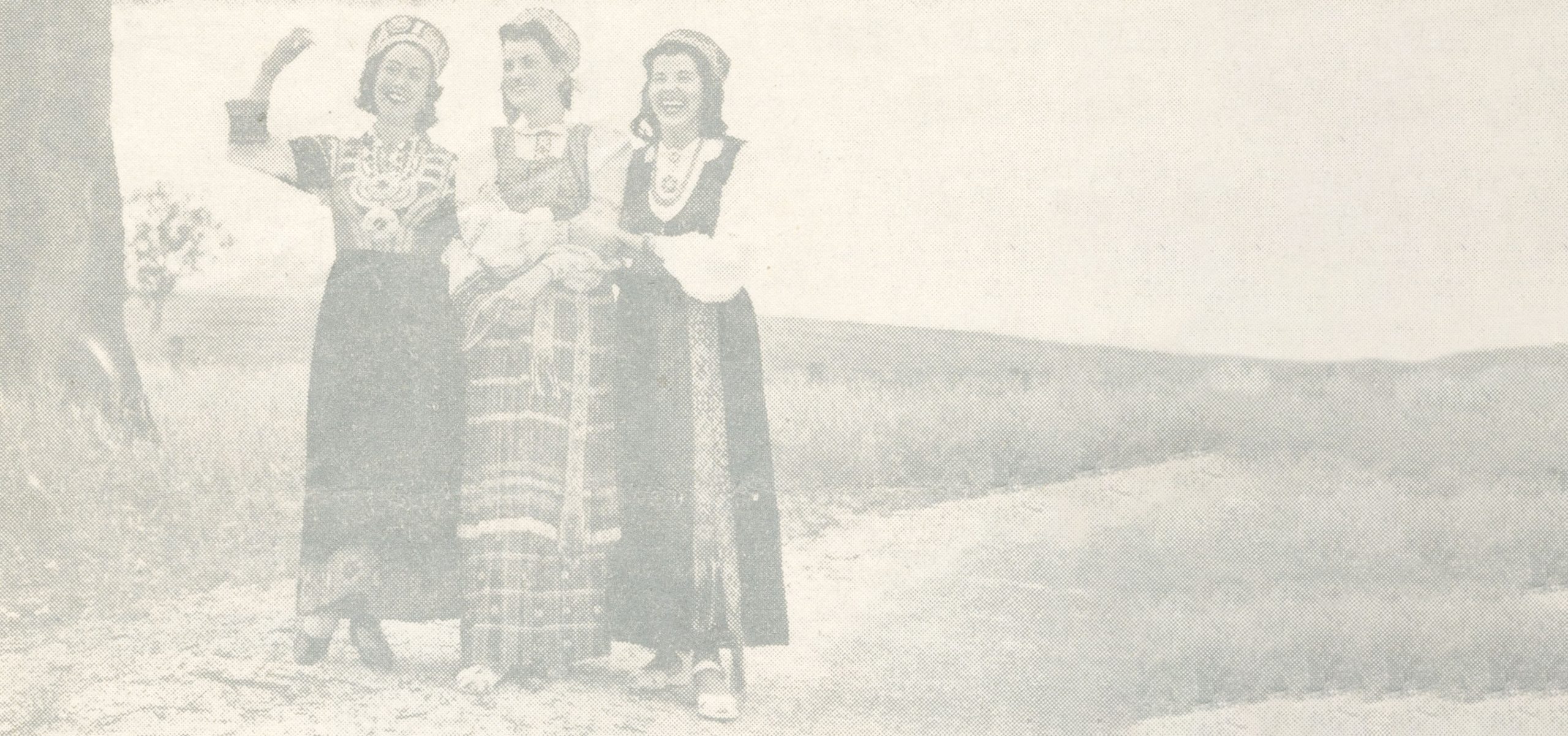Artist Max Angus once described Truchanas as:
“our chief guide and conscience in times of threat to our national environment, and prime source of revelation of the grandeur of our wilderness through the mastery of his camera.”
Angus included a selection of Truchanas’ best photographs in his 1975 book The World of Olegas Truchanas.










